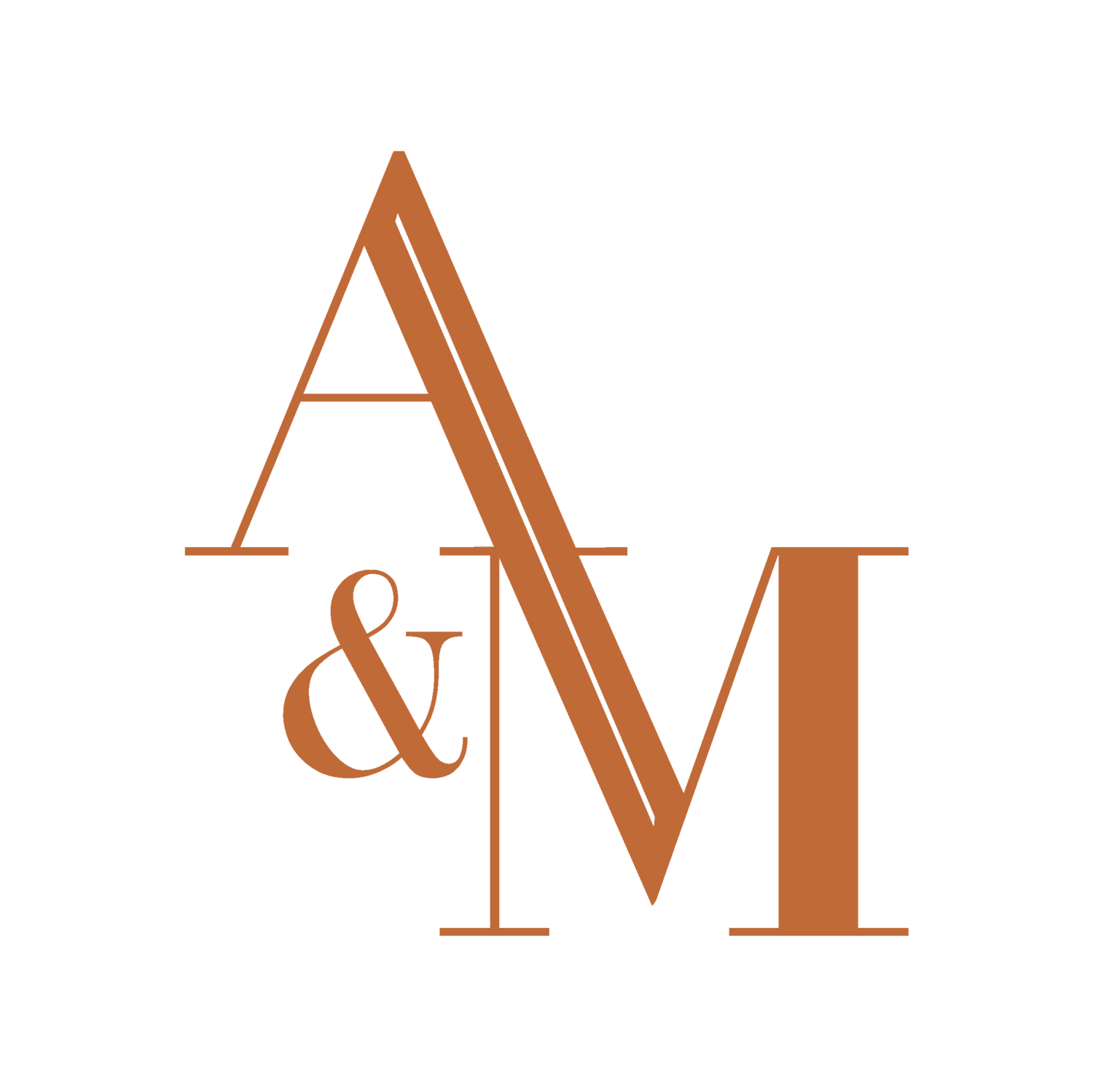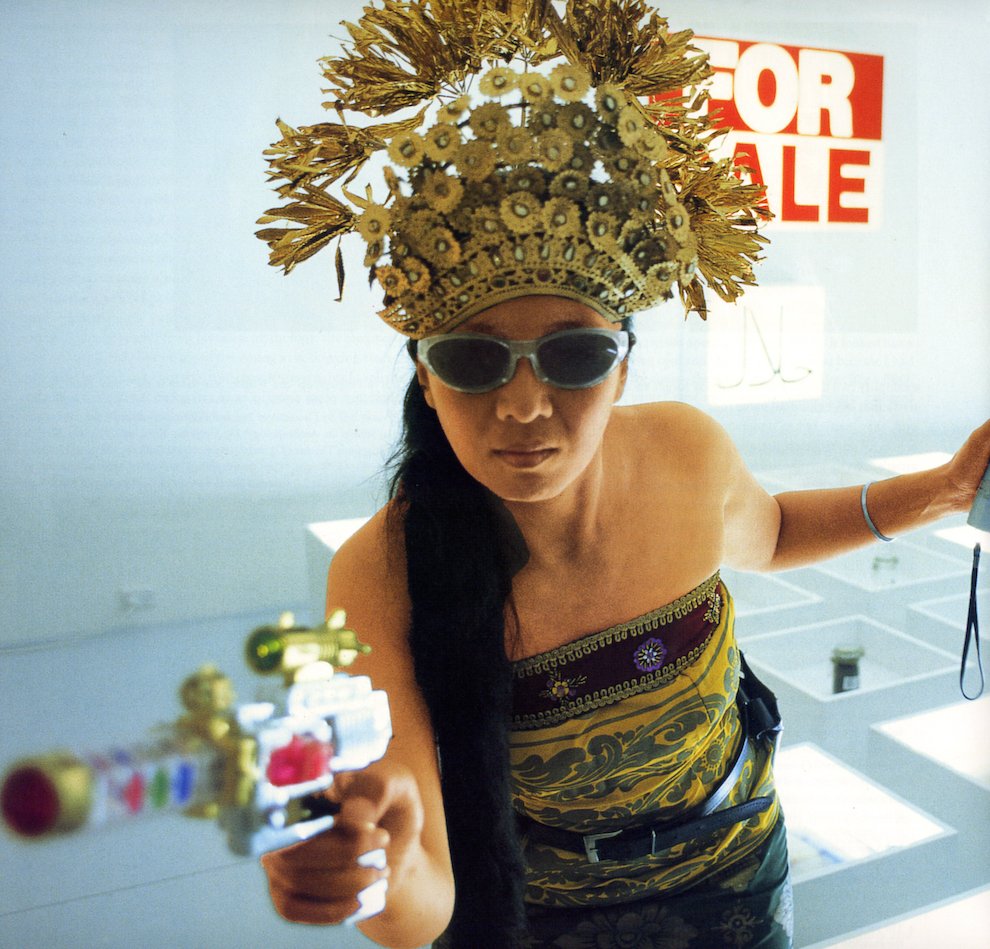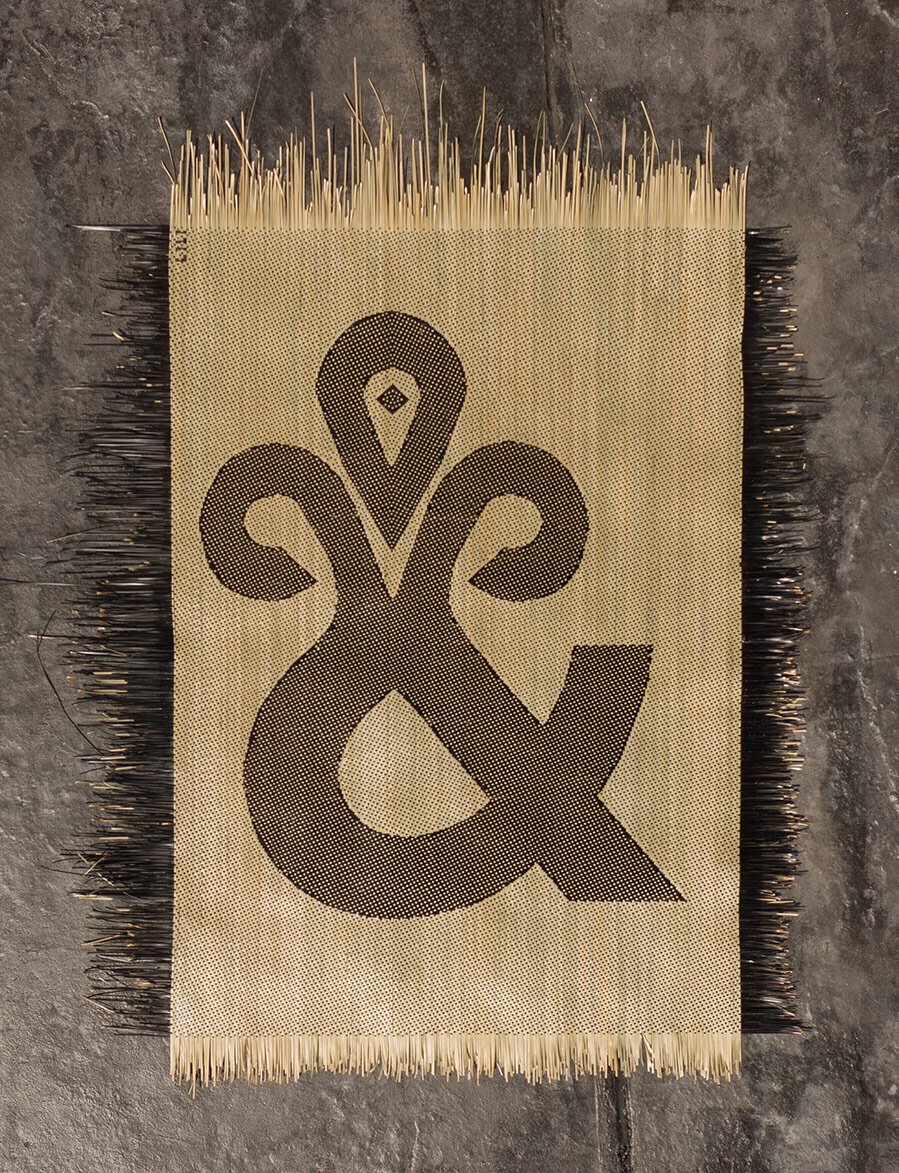Conversation with Wong Binghao
MoMA C-MAP Asia Fellow
By Ian Tee
A mood board prepared by Binghao.
In their curatorial practice, Wong Binghao constellates and mediates ideas, genres, scenes, and devotions. By generating contextually specific, conceptually capacious and emotionally available readings of art, they hope for a more expansive, ethical experience of culture. This methodology has adapted to various forms, including publications, public programmes and exhibitions. Binghao has written for artist books, exhibition catalogues, and specialist publications including Artforum, Frieze, Leap, Textwork Fondation d’entreprise Pernod Ricard, Philippine Contemporary Art Network, and Southeast of Now. They are currently C-MAP Asia Fellow for the Museum of Modern Art, New York.
Wong Binghao.
For those who are not familiar, what are C-MAP’s goals? And what does your work as a Fellow entail?
Housed under MoMA’s International Program, C-MAP was founded in 2009 as an internal, cross-departmental research programme dedicated to art from global contexts beyond Western Europe and North America. Moving forward, C-MAP operates through three groups: Africa, Asia, and Central and Eastern Europe. The research that was previously conducted by the Latin American group will now be the responsibility of the Cisneros Institute. There is typically one Fellow per group at any one time. In early 2020, when I began my fellowship in New York, the Asia group began its focus on Southeast Asia after two four-year periods of extensive research and engagement with the art histories of East and South Asia.
The work I do can be divided into three categories: public programmes, publications, and international mediation. As Fellows, we organise and moderate monthly internal programmes with artists, art historians and cultural experts from our respective geographical areas. We also organise public-facing programmes including talks, lectures, panel discussions, studio visits, and conferences. Most recently, for example, the Fellows co-organised and concluded our annual C-MAP seminar.
Fellows are also editorial board members for post, the editorial and public-facing arm of C-MAP. In this capacity, I commission and provide editorial direction for research essays and creative texts, conduct interviews, and have also been trying to provide more support for translations. Post also hosts recordings of and textual responses to C-MAP’s past programmes, including the annual seminars previously mentioned. In line with my own practice and research interests, I mobilised my personal research funds, which were allocated as part of the fellowship, to commission an editorial series featuring writings by Tamarra, Daniel Lie, and Jaya Jacobo. In the coming year, I will also commission a new series of creative and collaborative writings with international artists. I envision these texts will explore the potential of curatorial methodology.
Finally, Fellows plan international trips for MoMA staff members of their respective groups to the regions of their focus, as well as maintain relationships with stakeholders in these regions. International travel has been delayed due to the ongoing global pandemic. In the meantime, I see our work of creating connections and opportunities for communication and knowledge-building to be more important than ever, in order to prepare for the days when we may be able to meet our colleagues and friends in person.
As a Fellow, I have come to realise that one of my primary functions is mediation: between guest and host, knowledge holder and receptive audience, text and reader, friend and stranger, insider and uninitiated participant, “Southeast Asia” and “the West”. It has often felt like a gargantuan yet energising mission to holistically communicate all the different facets of the region. This seemingly insurmountable task could apply to any region or even country. Experiences of art are not always readily available in the form of digestible, discrete information that one can simply uptake by reading a textbook, or attending any number of lectures. I think that is where C-MAP comes in to initiate and nurture the long-term conversations and relationships that are so foundational to this type of work. As one can imagine there is a tremendous amount of responsibility and humility that comes with the territory. I remain enthusiastic and eager to continue learning from my colleagues and peers in the region, and creating suitable platforms to engage them within C-MAP and also our museum’s other projects.
Outside of my scope as C-MAP Asia Fellow, I also work on other projects at the museum. Earlier this year, I organised a public programme with colleagues in the Education department, discussing works in the collection by artists from Southeast Asia. We hosted more than 100 attendees over two sessions. Since last fall, I have also been helping out with a forthcoming exhibition.
“Experiences of art are not always readily available in the form of digestible, discrete information that one can simply uptake by reading a textbook, or attending any number of lectures. I think that is where C-MAP comes in to initiate and nurture the long-term conversations and relationships that are so foundational to this type of work.”
What are personal goals you hope to pursue under the frame of this fellowship?
My fellowship has been nothing short of enriching. Thanks to our cohort of C-MAP fellows, I have been able to work with and learn from my colleagues at MoMA, who are some of the best in their respective fields, as well as experts from Southeast Asia and all around the world. Early on in my fellowship, one of the most indelible pieces of advice I received from Stuart Comer and Sean Anderson, co-heads of the Asia group, was to stay true to my practice in my approach to the programme. I was concerned about representing and addressing Southeast Asia in the “correct” way, and about how I might add on to the already comprehensive and long-standing work done by experts who are far more experienced and knowledgeable than I am. Perhaps my self-perceived oblique or ‘insufficient’ approach to my regional and continental commitment is precisely what has buoyed me to meet the scintillatingly impossible task of representing that very region or continent.
Looking ahead, I continue to deepen my contextual commitment, while thinking about how my own curatorial practice might meaningfully ensconce itself in and disperse itself beyond these parameters. These have been long-standing twin ambitions.
I particularly enjoyed reading your MA thesis, which mobilises “queer diaspora as a method to imagine differently Southeast Asia’s regionality”, looking specifically at works by Philippines contemporary artists. I am wondering if you intend to pick up on this paper, expand it or manifest it in a different form?
Thank you for your engagement with the paper. I believe you are referencing an abridged version of my MA dissertation which was recently published in ‘Writing Presently’ (2020), an anthology of recent art writing on the Philippines, published by the Philippine Contemporary Art Network. My sincerest thanks are due to Patrick D. Flores and Renan Laru-an for their unwavering acuity and support during this process.
I approach research as a generative dialogue with artists. That is to say, the work that I do is informed by, and aims in turn to inform artistic practice and worldview. Publications are just one manifestation of this practice. That MA thesis, completed in 2019 under the supervision of Dr. Muhammad Arafat, is part of a broader, ongoing project on transnational formations of gender and sexuality in Southeast Asia. I hope to continue doing more on the ground research in the region for this and other curatorial projects when travel becomes possible again.
Cover of the publication ‘nominal bliss’.
How have you sustained your practice since leaving school? Are there programmes or mentors who were particularly important to your growth?
There is no universal or quick-fix answer to the question of sustainability. I think each person has to figure out a combination that works for their own practice and be ready to adapt it with regularity. Of course, this begs a broader, existential question about what that practice comprises and what it hopes to accomplish. In my limited experience, what I have learnt is to go with the flow and heed the advice of those who have come before me. Often, they can see the big picture while one might be obsessing over minute details. I may be contradicting myself here, but I would add that it is equally imperative to locate and finesse a strong sense of originality and perspective. I think that is what gives a practice legs.
Upon graduation, I was lucky enough to have been selected to attend a number of international residency programmes. The first, just one month after my graduation, was Para Site’s workshops for emerging professionals in Hong Kong, where I made lasting friendships with peers such as Carlos Quijon, Jr., Qu Chang, and Leo Li Chen. Another formative experience was the 2018 TransCuratorial Academy Phnom Penh, co-organized by KfW Stiftung and Sa Sa Art Projects, where I made many lasting friendships with peers from Southeast Asia. During the lockdown of early 2020, I also joined Chromium Groupsome, a self-initiated reading group with friends and fellow creatives, artists, writers, and curators from East and Southeast Asia. Residencies offer the possibility of serendipitous encounters with like-minded individuals who become fast friends, intellectual collaborators, and confidantes. While I miss the chance nature of that trust-building process, I continue to carry with me an intellectual curiosity about scenes of art around the world.
I learn a lot from my friends and peers Kathleen Ditzig, Carlos Quijon, Jr., Kenji Praepipatmongkol, Jaya Jacobo, Renan Laru-an, Đỗ Tường Linh, Alvin Li, Hera Chan, Sriwhana Spong, Sandra Mujinga, Daniel Lie, Kang Seung Lee, WangShui, among many others. I am also fortunate enough to consult the expertise of Patrick D. Flores, Joan Kee, Roger Nelson, Qinyi Lim, Fang-tze Hsu, Jeannine Tang, and others who I am probably presumptuously counting as mentors! What I learn from them about art, and more importantly life, I try to pass on to others. That is something I am very passionate about.
“I aim for originality and sincerity in everything that I put out. I want the work to feel true to the intention and emotion of that particular moment”
You have worked under different contexts: being an assistant manager at the National Arts Council, as a research and project assistants at National Gallery Singapore, and as a freelance writer and curator. Are there specific takeaways from these experiences that inform your outlook today?
I am not sure that I am qualified to dispense any more insights or lessons because I am still so eager to refine the elements of my practice. There is so much more that I want to do and learn. If I had to pick one thing, I would say that I have come to realise that at the core of my work, I enjoy conversations with kindred spirits from various contexts and fields of expertise. Perhaps by some astrological collision, I have also been reacquainted with the gravity of personal intuition.
Could you talk about your forthcoming projects?
While continuing to work and write closely with artists, I am excitedly preparing for a couple of classes that I will teach, in practice, theory, and history-based courses. Together with Vanessa Ban, I am also helping out with this year’s External Assessment Summer School (EASS), the third edition of the independently organised, interdisciplinary educational initiative on art, theory, and design which will take place on Zoom in October 2021. I hope to be more involved in teaching and curatorial education projects in the near future.
I am conceptualising a new format of public programme as an extension of my curatorial practice for a couple of projects in development. I have also begun commissioning texts and am finalising the creative direction for my third publication, which should be available in early 2022. In addition, I will also start refining two previous publications, ‘Indifferent Idols’ and ‘nominal bliss’. I continue to look for the right opportunity to publish this set of publications in print. Finally, in the coming year, I also hope to work collaboratively with friends on an exhibition of significant scale.
I aim for originality and sincerity in everything that I put out. I want the work to feel true to the intention and emotion of that particular moment. To this end, I draw from an idiosyncratic, unpredictable, but always apropos combination of sources, theory, aesthetic fields, and personal experiences. I do not work in a formulaic way. I think so much of the world around us demands predictability: the shapes of desire, knowledge, origin, body, have to be templated and habituated. It is like a kind of perverse, deadened clairvoyance. I want to break free from these loveless, fatigued patterns. I think the aspiration, or more often than not desperation, to be the fullest version of yourself, to be in constant metamorphosis, is what it means to be truly creative.
“I do not work in a formulaic way. I think so much of the world around us demands predictability: the shapes of desire, knowledge, origin, body, have to be templated and habituated. It is like a kind of perverse, deadened clairvoyance. I want to break free from these loveless, fatigued patterns.”
Do you have any working habits in the studio?
I have started to do yoga or swimming in the early morning before going to the studio. Also, I believe in taking my time with work, and I have realised that I am much more productive when I am not stressed out. I have liberated myself from restrictive schedules, to live my life and art more in the present moment. It is more important to invest in physical and mental health than to feed negativity or doubt.
This interview has been edited for length and clarity.











